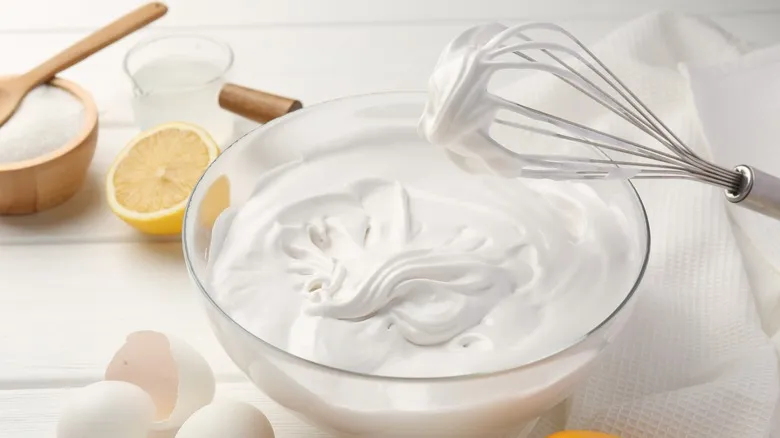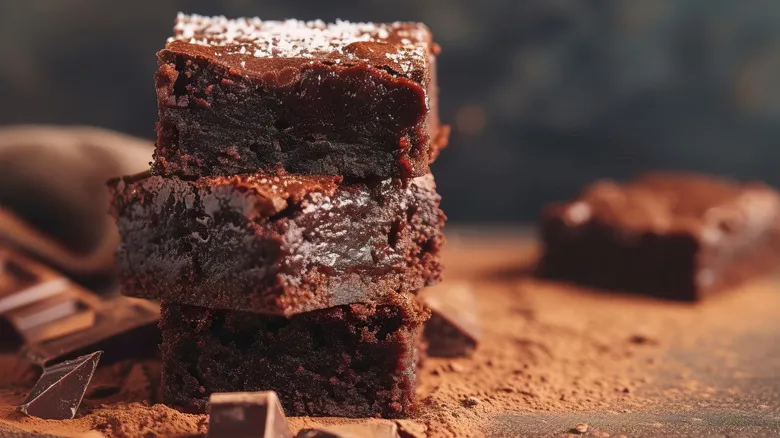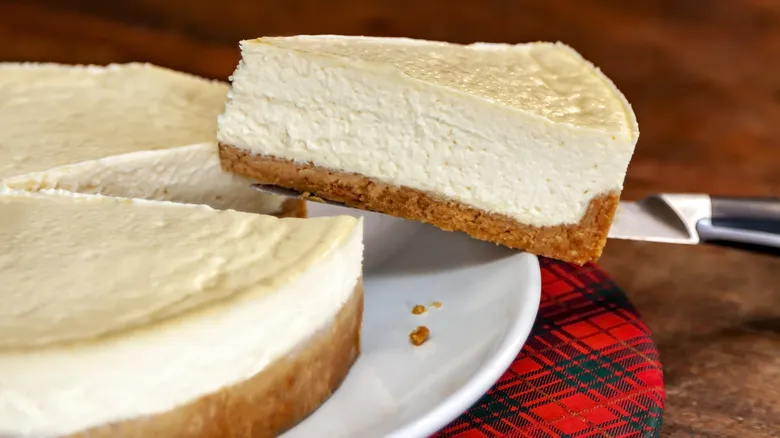Heat and timing for a crispy pizza crust

If you believe that 500 degrees is excessive for baking pizzas, keep in mind that Pizaro's cooks its Neapolitan pizzas at a scorching 900 degrees Fahrenheit for just 90 seconds. A well-made dough can withstand the heat. The ideal time and temperature for homemade pizzas will vary based on the type of crust you desire. For a thin crust, the quick cooking method is reliable. On the other hand, if you prefer a chewy, thick crust, patience is key; lower the temperature slightly and allow more time to ensure it cooks thoroughly. Bean suggests "[u]sing a pizza stone and positioning the rack closer to the heating element." Just be careful not to place it too close, as it could burn.
Pizza stones are crafted from materials like clay, cast iron, steel, or cordierite, which are designed to distribute heat evenly. Consider what you want from your pizza: a crust that is firm on the bottom to prevent it from sagging, and toppings that are cooked without being charred. The pizza stone channels more heat to the bottom of the crust, achieving the right level of doneness from bottom to top. This unique kitchen tool simulates a genuine wood-fired pizza oven, which is why Bean highly recommends using one.
Recommended

Basting Works Wonders, Just Not For Your Turkey

For Frosting That's Stable And Delicious Reach For One Pantry Staple

Why Using The Toothpick Test Is A Mistake For Your Brownies

The Funky Cheese You Should Try In Your Cheesecake
Next up

